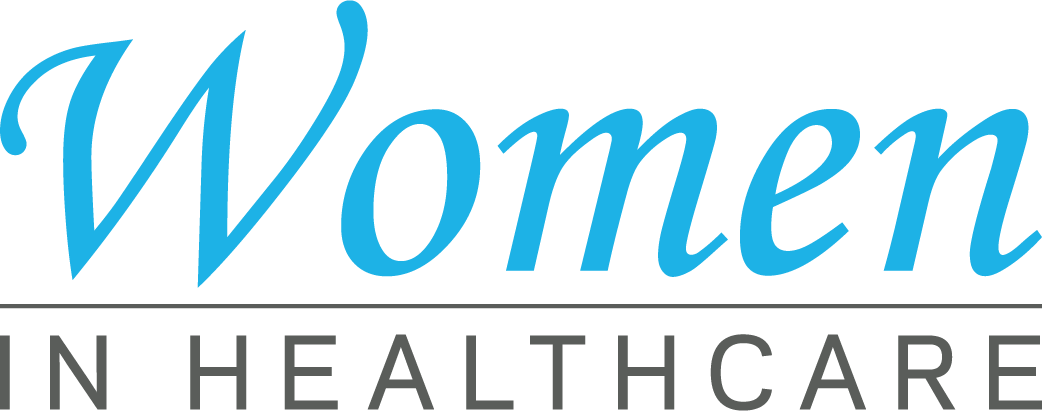Healthcare RCM: Maximize Profits Cycle Management for Better Results
Wiki Article
A Comprehensive Guide on Just How Healthcare RCM Functions to Improve Payment and Collections
Navigating the complexities of health care earnings cycle management (RCM) is crucial for carriers aiming to improve their invoicing and collections processes. The guide unboxes the details of RCM, from patient registration to receivables administration, using understandings into maximizing each step. Integrating advanced technology and standardized procedures can significantly reduce insurance claim denials and increase settlement cycles. Yet, real obstacle depends on flawlessly combining these components to increase cash money flow. As we explore the core elements and approaches that drive effectiveness, one inquiry remains: just how can healthcare entities finest position themselves to flourish monetarily in an ever-evolving industry?Comprehending Income Cycle Administration
Understanding the complexities of Income Cycle Management (RCM) is necessary for healthcare organizations intending to maximize their economic efficiency. RCM is an essential management function that incorporates the entire financial procedure of patient treatment, from the first appointment readying to the final settlement of the balance. It is a complicated procedure created to determine, gather, and handle the earnings from the services given to individuals. Effective RCM makes sure that doctor obtain precise and timely payments, decreasing the danger of revenue loss and enhancing capital.The RCM process begins when a client schedules a visit and extends through the individual's care trip, including billing and collections. An essential purpose is to decrease the time between receiving and giving a service settlement, thus improving the organization's financial health and wellness. RCM includes various functions such as patient registration, insurance coverage confirmation, cost capture, coding, declares submission, repayment uploading, and handling charms and denials.
Key Parts of RCM
In the world of Income Cycle Management (RCM), recognizing its essential components is fundamental to accomplishing economic performance within healthcare organizations. RCM is a thorough process that encompasses different stages, each important to guaranteeing effective payment and collections. The key components include person registration, insurance coverage verification, fee capture, coding, claim submission, payment publishing, and balance due management.

Once coded, insurance claims are sent to payers, where accuracy is paramount to avoid denials or delays - Healthcare RCM. Repayment publishing includes taping the obtained payments, which enables the reconciliation of accounts. Last but not least, receivables monitoring concentrates on tracking and attending to overdue cases, making certain timely follow-up and resolution
Each element of RCM is interconnected, and ineffectiveness in any type of component can interrupt the entire cycle. As a result, grasping these components is important for doctor to enhance income and boost their monetary health.
Techniques for Effective Payment

Systematizing billing treatments throughout the company is another crucial technique. Developing clear guidelines for documentation, coding, and entry helps maintain consistency and compliance with regulatory needs. Training personnel routinely on these treatments ensures everybody is up-to-date with the current modifications in billing codes and payer plans.
Exact charge capture is important in preventing income leak. Applying normal audits and monitoring systems enables for the identification and modification of disparities prior to they impact earnings. Additionally, preserving open lines of interaction with payers helps to promptly settle any disagreements or misconceptions that might develop.

Finally, appealing clients early in the billing procedure by providing clear quotes and instructional products about their financial duties can substantially reduce complication and boost settlement timeliness. These strategies collectively add to a more monetarily healthy and reliable payment system.
Enhancing Collections Processes
Offered the complexities of clinical payment and the range of payer needs, enhancing the collections process includes carrying out calculated actions that make certain prompt and exact settlement of solutions provided. Automation devices can help in tracking insurance claim conditions, sending timely pointers to clients, and handling denials much more efficiently.Training personnel to recognize the nuances of insurance plan and billing codes is equally vital. This understanding equips them to attend to billing disparities promptly and connect successfully with clients regarding their economic obligations. Additionally, clear and transparent person interactions are important. Offering comprehensive descriptions of costs and using flexible settlement strategies can increase person satisfaction and punctual repayments.
Normal audits of the collections process ought to be performed to determine areas for improvement and make sure compliance with guidelines. By evaluating data, healthcare organizations can determine trends, expect prospective concerns, and adjust approaches accordingly (Healthcare RCM). Eventually, a well-enhanced collections process not just sustains monetary health however additionally adds to a more seamless experience for people and personnel alike
Optimizing Revenue Streams
Structure upon the structure of a strong collections process, medical care companies can even more strengthen their monetary stability by purposefully optimizing profits streams. This entails a multi-faceted technique, starting with a comprehensive evaluation of existing earnings sources to identify ineffectiveness and locations for development. Utilizing advanced data analytics devices allows companies to gain insights into payer mix, client demographics, and solution utilization patterns, enabling data-driven choices that improve revenue capture.Executing automated payment systems can dramatically reduce mistakes and accelerate claims processing, making sure that income is collected a lot more successfully. In addition, optimizing payer agreements through routine arrangements can boost reimbursement rates and terms, directly impacting the lower line. Branching out solution offerings, such as integrating telehealth or health care, can also draw in a more comprehensive person base, thus raising profits potential.
An additional important element is boosting person involvement and complete satisfaction, as satisfied clients are more probable to follow treatment plans and make timely payments. Supplying versatile settlement options and transparent billing address practices can improve collections and foster client commitment. Healthcare RCM. By embracing these approaches, health care organizations can produce a more durable economic framework, making sure continual development and security in an ever-changing sector landscape
Verdict
Finally, medical care Profits Cycle Monitoring (RCM) plays an essential role in optimizing billing and collections procedures by incorporating key components such as person enrollment, insurance verification, charge capture, coding, asserts submission, and balance due administration. By using advanced my review here innovation, systematizing procedures, and fostering individual interaction, doctor can dramatically lower insurance claim denials, increase repayment cycles, and boost capital. This comprehensive method to RCM inevitably causes improved monetary efficiency and sustainability for healthcare organizations.The RCM procedure starts when a person routines a visit and extends through the client's care trip, including billing and collections.Another crucial part is boosting person interaction and fulfillment, as completely satisfied individuals are much more likely to adhere to therapy strategies and make prompt repayments. Offering adaptable settlement options and transparent invoicing browse this site techniques can enhance collections and foster individual commitment.In conclusion, medical care Earnings Cycle Management (RCM) plays a vital role in optimizing invoicing and collections procedures by integrating vital components such as individual registration, insurance policy verification, charge capture, coding, asserts submission, and accounts receivable monitoring. By using innovative technology, standardizing procedures, and promoting individual engagement, medical care providers can dramatically decrease case rejections, speed up payment cycles, and enhance cash flow.
Report this wiki page